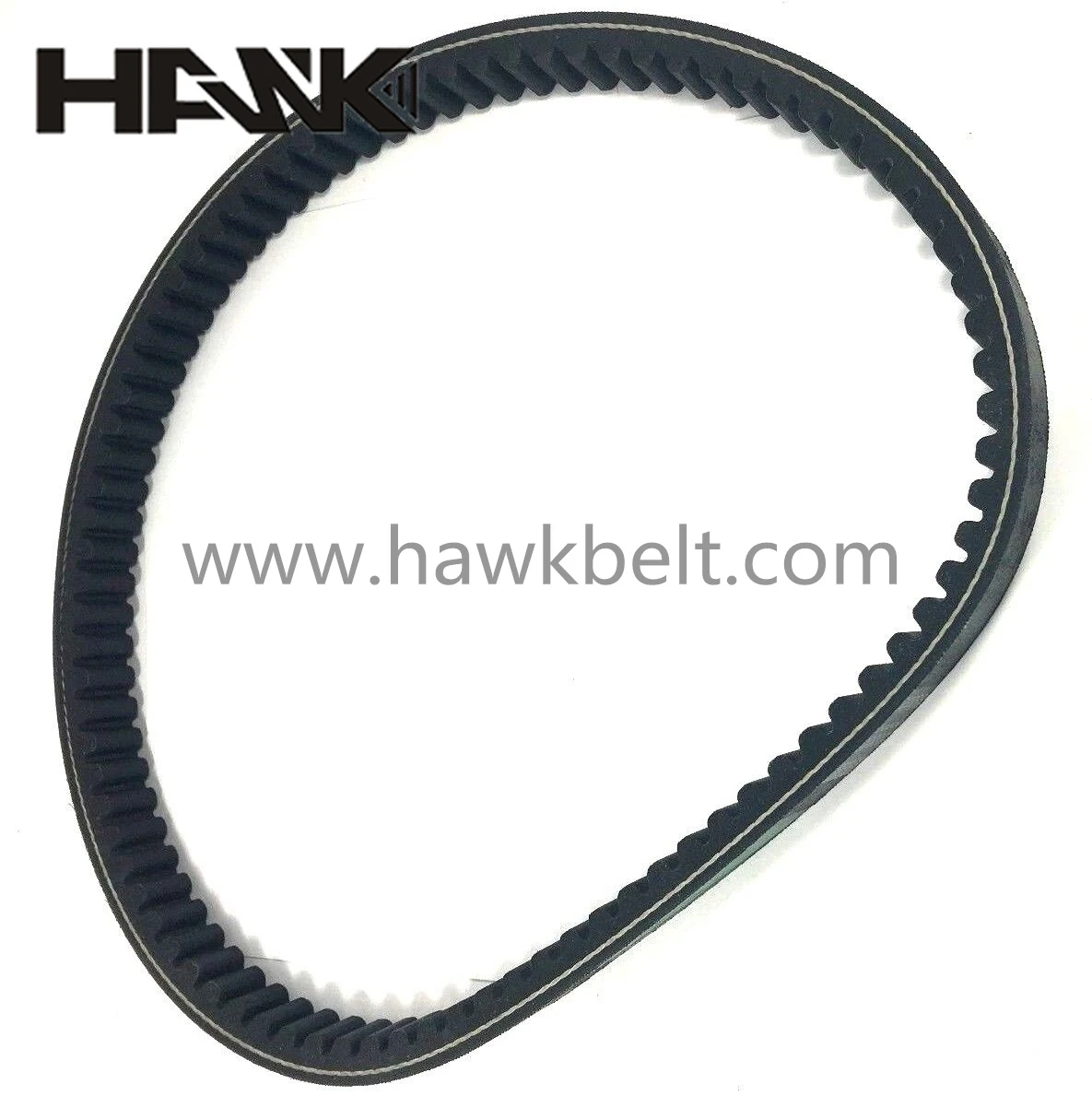- Arabic
- French
- Russian
- Spanish
- Portuguese
- Turkish
- Armenian
- English
- Albanian
- Amharic
- Azerbaijani
- Basque
- Belarusian
- Bengali
- Bosnian
- Bulgarian
- Catalan
- Cebuano
- Corsican
- Croatian
- Czech
- Danish
- Dutch
- Afrikaans
- Esperanto
- Estonian
- Finnish
- Frisian
- Galician
- Georgian
- German
- Greek
- Gujarati
- Haitian Creole
- hausa
- hawaiian
- Hebrew
- Hindi
- Miao
- Hungarian
- Icelandic
- igbo
- Indonesian
- irish
- Italian
- Japanese
- Javanese
- Kannada
- kazakh
- Khmer
- Rwandese
- Korean
- Kurdish
- Kyrgyz
- Lao
- Latin
- Latvian
- Lithuanian
- Luxembourgish
- Macedonian
- Malgashi
- Malay
- Malayalam
- Maltese
- Maori
- Marathi
- Mongolian
- Myanmar
- Nepali
- Norwegian
- Norwegian
- Occitan
- Pashto
- Persian
- Polish
- Punjabi
- Romanian
- Samoan
- Scottish Gaelic
- Serbian
- Sesotho
- Shona
- Sindhi
- Sinhala
- Slovak
- Slovenian
- Somali
- Sundanese
- Swahili
- Swedish
- Tagalog
- Tajik
- Tamil
- Tatar
- Telugu
- Thai
- Turkmen
- Ukrainian
- Urdu
- Uighur
- Uzbek
- Vietnamese
- Welsh
- Bantu
- Yiddish
- Yoruba
- Zulu
Aug . 01, 2024 06:36 Back to list
Understanding the Importance of Timing Belts in Engine Functionality and Maintenance Tips for Longevity
Understanding Engine Timing Belts The Heartbeat of Your Vehicle
The timing belt is one of the most crucial components in an internal combustion engine, responsible for synchronizing the rotation of the crankshaft and the camshaft(s). This synchronization is essential for ensuring that the engine’s valves open and close at the proper times during each cylinder's intake and exhaust strokes. Without a properly functioning timing belt, your vehicle’s engine could suffer severe damage, leading to costly repairs and compromised performance.
What is a Timing Belt?
A timing belt is a rubberized belt reinforced with nylon or other materials that connects the crankshaft to the camshaft. The belt runs in a precise manner, maintaining the correct timing between the movement of the engine's pistons and the opening and closing of the intake and exhaust valves. This timing is critical because it directly affects engine performance, fuel efficiency, and overall reliability.
Importance of a Timing Belt
The timing belt’s primary role is to keep the engine's components in sync. If the timing belt fails, it can lead to what is known as “engine timing misalignment.” This can cause the pistons to collide with the valves, resulting in bent valves, damaged pistons, and potentially catastrophic engine failure. Such a situation would not only be financially burdensome but could also leave you stranded.
Regularly inspecting and maintaining the timing belt can prevent these disastrous outcomes. Most manufacturers recommend replacing the timing belt every 60,000 to 100,000 miles, but this can vary based on the vehicle's make and model. It's essential to check the owner’s manual for specific recommendations.
engine timing belt

Symptoms of a Failing Timing Belt
Being aware of the symptoms that indicate a failing timing belt can save you from serious damage. Some common signs include
1. Unusual Noises A ticking or slapping sound coming from the engine may indicate that the timing belt is loose or has worn out. 2. Engine Misfiring If the timing belt isn't functioning correctly, the engine may misfire or run poorly due to incorrect timing. 3. Oil Leaks A worn timing belt can lead to oil leaks from the front crankshaft seal or camshaft seal. 4. Dashboard Warning Lights Keep an eye on any warning lights that pop up on your dashboard, particularly the check engine light, which could signal timing issues.
Replacing the Timing Belt
If you suspect that your timing belt may need replacing, it's crucial to act quickly. A professional mechanic can conduct a thorough inspection and recommend necessary actions. During a timing belt replacement, it’s often wise to replace other related components, such as pulleys, tensioners, and the water pump, since they share the same labor involved in accessing the timing belt.
Conclusion
In summary, the timing belt is an integral component of your vehicle's engine that requires careful attention and timely replacement. By understanding its importance and the risks associated with neglecting it, vehicle owners can ensure their engines run smoothly and efficiently. A proactive approach to maintenance not only enhances performance but also extends the longevity of your vehicle, saving you from costly repairs in the future. Always consult with a qualified technician if you're uncertain about the health of your timing belt—your engine will thank you for it!
-
Upgrade Power Steering Pump Belt for Smooth, Quiet Operation
NewsAug.27,2025
-
Precision Timing Belt & Chain: Engine Performance & Durability
NewsAug.26,2025
-
Precision Lathe Drive Belts: Durable & Reliable Performance
NewsAug.25,2025
-
84.5 Serpentine Belt: Durable & Precision Fit for Your Engine
NewsAug.24,2025
-
Premium Ribbed Drive Belts for Quiet Power Transmission
NewsAug.23,2025
-
High-Performance Vehicle Timing Belt for Engine Precision
NewsAug.22,2025

